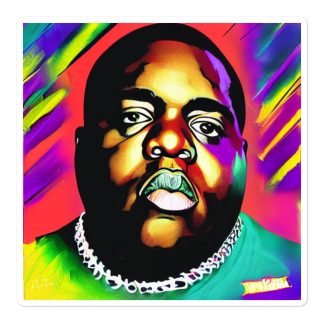Much has been said over recent weeks about “critical race theory” that I often heard pundits and politicians say read Derrick Bell, Kimberle Crenshaw, Richard Delgado and more. Welp, I began that journey to find out what is this critical race theory they’re talking about.
Being a black man in the United States of America, I must admit, I hadn’t heard of critical race theory (CRT) before…at least as a term. So I was interested to read some of the forethoughts directly from their authors instead of a distilled, perverted version one can find on Fox News. It wasn’t long after reading my first book in the CRT series Faces At The Bottom Of The Well: The Permanence Of Racism that I realized that I already knew about this theory on race. I grew up hearing, reading about, even listening in music how critical race theory plays a part in every black life–I just had never heard the coined phrase.
So what is critical race theory? To me, critical race theory is the acceptance that racism is not only built into the fabric of this country, but it is a necessary evil in order for this country to function at its “best.” With that, in the United States as well as elsewhere: racism against blacks is here to stay.
Some take this to mean that we can’t do anything about racism so why strive toward a non-racist society. Contrarily, I find CRT empowering. I liken it to building a road from point A to point B with a mountain in the way. You can try to treat the mountain as a small boulder and lift it, or shift it from side to side and move it. You can pass laws that ask the boulder to move. No matter the case you won’t be successful until you call the boulder what it is: a mountain. It cannot be moved. It is here to stay. With that perspective you can find other ways to build your road. You can go around the mountain. You can tunnel through the mountain. You can also blow the muthafucka up! The point being is that successful action depends on recognition of the fundamental facts. Critical race theory challenges existing “facts” and suggests new ones so we can find other solutions to move toward a non-racist society or at least one where black people can function independently along side it.
In introducing CRT, Derrick Bell’s allegorical Faces At The Bottom Of The Well reads like an Aesop’s Fables of sorts. With its short stories designed to help the reader extract the message AND give thought to “what could be….” I found myself often having to stop and ponder the words expressed on the Manila pages. And I think that is what Mr. Bell was aiming for. Not projecting solutions or promulgating prescriptions, but forcing us to think about the problem of racism as a whole different problem altogether. In that way, perhaps we can find different, better, more efficient solutions.
I will say the book reads a little different at first. I wasn’t expecting such fiction in a work so deeply revered and quoted. Once I got past the unfamiliarity and dove into the text, I found my mind racing with imagination. The stories he tells are packed with such relevant detail and provoking concepts–not so much flowery adjectives and scene setting–that I could only consume his stories in bursts rather than read all the way through. (Especially, for me, books like this deserve slow, deliberate thought and discussion so I take my time).
Beginning with Geneva Crenshaw, the law professor’s supernatural conscience or thought or friend? See what I mean? In any case, Bell uses Geneva as devil’s advocate in most cases throughout the book. She imparts wisdom and an objectivity that adds validity to the author’s thesis. Keep that in mind as you start the book. For me, it helped me to picture a law professor up late at night typing or reading and falling asleep to only dream their next story.
Stories like “The Racial Preference Licensing Act,” in which society deemed it legal for businesses and institutions to discriminate based on race so long as those same entities paid an annual tax and placed a public sign at their entry saying that they discriminate based on race. This is my favorite story by far. It conjures up all types of thoughts, fears, reactions. What would happen if discrimination were absolutely legal AGAIN and we all knew who the perpetrators are? Would society truly reject a company, school or religion if they openly practiced discrimination? Or, would those practicing entities become accepted and thrive? What would happen to black people? What would happen to me? How would I react? How would I be? We’ve all imagined at one point, if I were alive back then I would …But would you? This story prompts you to ask and, maybe not know, but think about the answers.
I could go on about the other chapters and stories, but I won’t. Instead, I encourage you to read the book for yourself. Distillation won’t do it justice.
Now that I think about it, I wonder if my favorite rap group read this book, heard of critical race theory, or simply grew up with the understanding like I did when they postulated on their 1996 intro to Stakes Is High, “De La Soul is here to stay like racism.”





